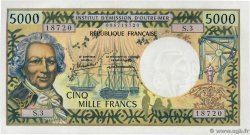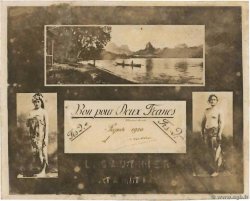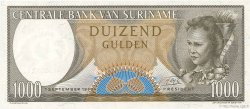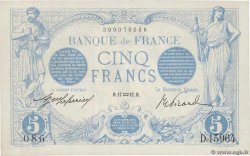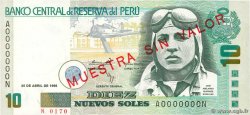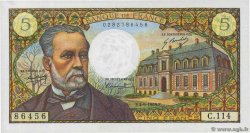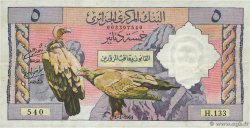Live auction - 518137 - 50 Centimes TAHITI 1920 P.-


You must signin and be an approved bidder to bid, LOGIN TO BID. Accounts are subject to approval and the approval process takes place within 48 hours. Do not wait until the day a sale closes to register. Clicking on "BID" constitutes acceptance of the terms of use of cgb.fr private live auctions.
Bids must be placed in whole Euro amounts only. The sale will start closing at the time stated on the item description; any bids received at the site after the closing time will not be executed. Transmission times may vary and bids could be rejected if you wait until the last second. For further information check the Live auction FAQ
All winning bids are subject to a 18% buyer’s fee.
All winning bids are subject to a 18% buyer’s fee.
| Estimate : | 5 000 € |
| Price : | 2 600 € |
| Maximum bid : | 2 700 € |
| End of the sale : | 07 January 2025 18:41:47 |
| bidders : | 2 bidders |
Face Value : 50 Centimes
Date: (1920)
Period/Provinces/Banks Banque André Krajewski
Catalogue reference : P.-
Additional reference : K.539
Alphabet - series : N°731
Commentary
Les billets de la Banque André Krajewski sont très rares, cet exemplaire est exceptionnel. Composé de deux parties unifaces sur papier fort. Il ressemble au Bon pour 2 Francs illustré dans le Kolksy mais en version anglaise. Au recto (uniface), seul le texte en haut est en français "Bon pour cinquante centimes". Au verso (uniface) à nouveau un tampon Andre Krajewski, la valeur 0,50 et un tampon ovale : Krajewski Papeete (Tahiti) et le numéro 731 manuscrit au centre. Nous connaissons un autre exemplaire, numéroté 738 mais en version française ! (livre Tahiti et sa Monnaie, Ch. Beslu 1997). Peut-être que les deux parties devaient être collées ensemble à l'émission pour rendre le billet plus solide et faciliter une impression recto puis verso pour les versions françaises et anglaises. Le Docteur Kolsky indique que les exemplaires vus étaient sur carton mais peut-être étaient-ils aussi composés de deux parties collées. Ce document incroyable apporte décidément autant de réponses que de questions. (voir article Bulletin Numismatique 243 juillet 2024).
Banknotes from the André Krajewski Bank are very rare, this example is exceptional. Composed of two single-sided parts on strong paper. It resembles the Bon pour 2 Francs illustrated in Kolksy but in English version. On the front (single-sided), only the text at the top is in French \\\"Bon pour quinze centimes\\\". On the back (single-sided) again an Andre Krajewski stamp, the value 0.50 and an oval stamp: Krajewski Papeete (Tahiti) and the number 731 handwritten in the center. We know of another example, numbered 738 but in French version! (book Tahiti et sa Monnaie, Ch. Beslu 1997). Perhaps the two parts were to be glued together at the time of issue to make the note more solid and facilitate printing on both sides for the French and English versions. Dr. Kolsky indicates that the examples seen were on cardboard but perhaps they were also composed of two glued parts. This incredible document definitely provides as many answers as it does questions. (see article Bulletin Numismatique 243 July 2024)
Banknotes from the André Krajewski Bank are very rare, this example is exceptional. Composed of two single-sided parts on strong paper. It resembles the Bon pour 2 Francs illustrated in Kolksy but in English version. On the front (single-sided), only the text at the top is in French \\\"Bon pour quinze centimes\\\". On the back (single-sided) again an Andre Krajewski stamp, the value 0.50 and an oval stamp: Krajewski Papeete (Tahiti) and the number 731 handwritten in the center. We know of another example, numbered 738 but in French version! (book Tahiti et sa Monnaie, Ch. Beslu 1997). Perhaps the two parts were to be glued together at the time of issue to make the note more solid and facilitate printing on both sides for the French and English versions. Dr. Kolsky indicates that the examples seen were on cardboard but perhaps they were also composed of two glued parts. This incredible document definitely provides as many answers as it does questions. (see article Bulletin Numismatique 243 July 2024)








 Report a mistake
Report a mistake Print the page
Print the page Share my selection
Share my selection Ask a question
Ask a question Consign / sell
Consign / sell
 Full data
Full data